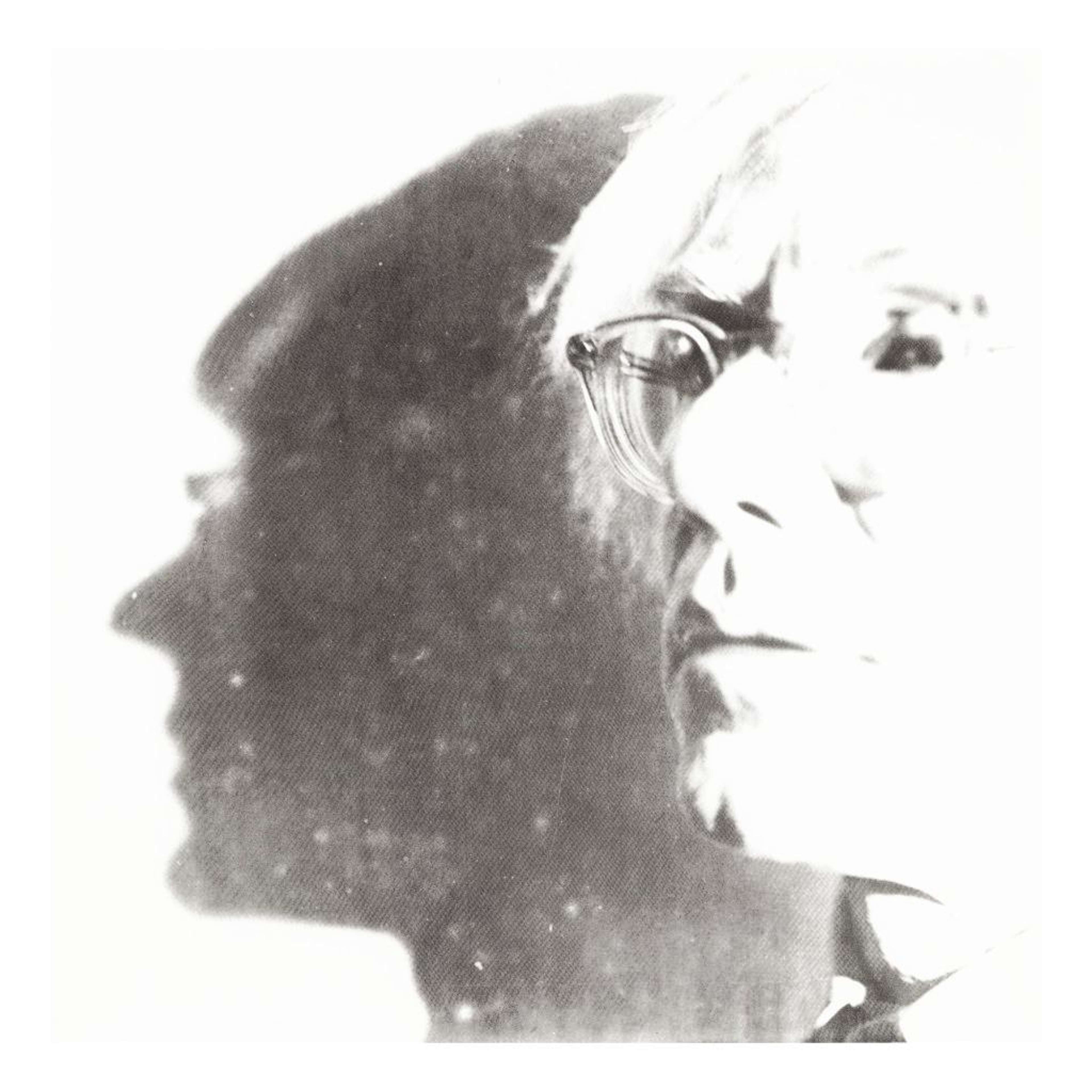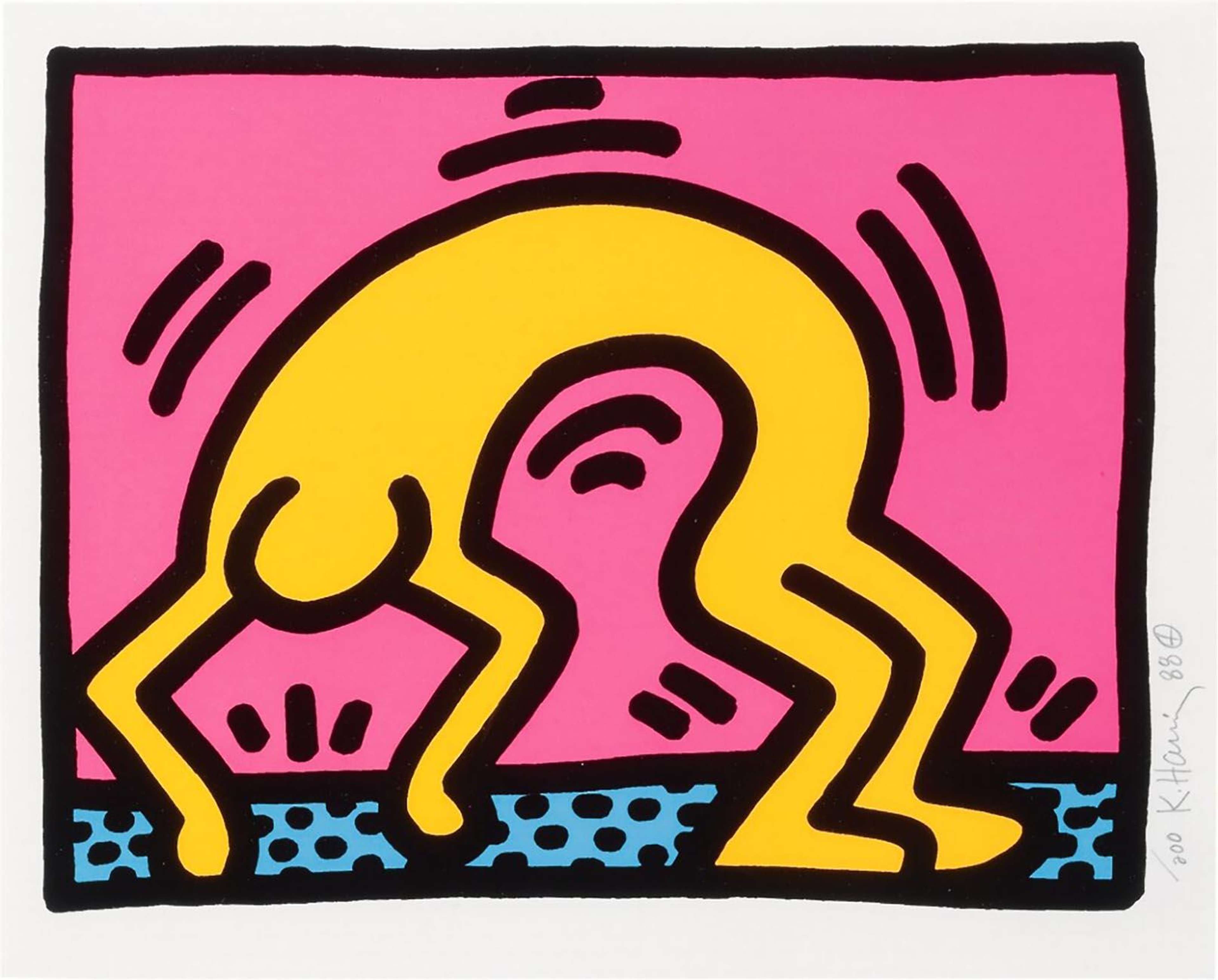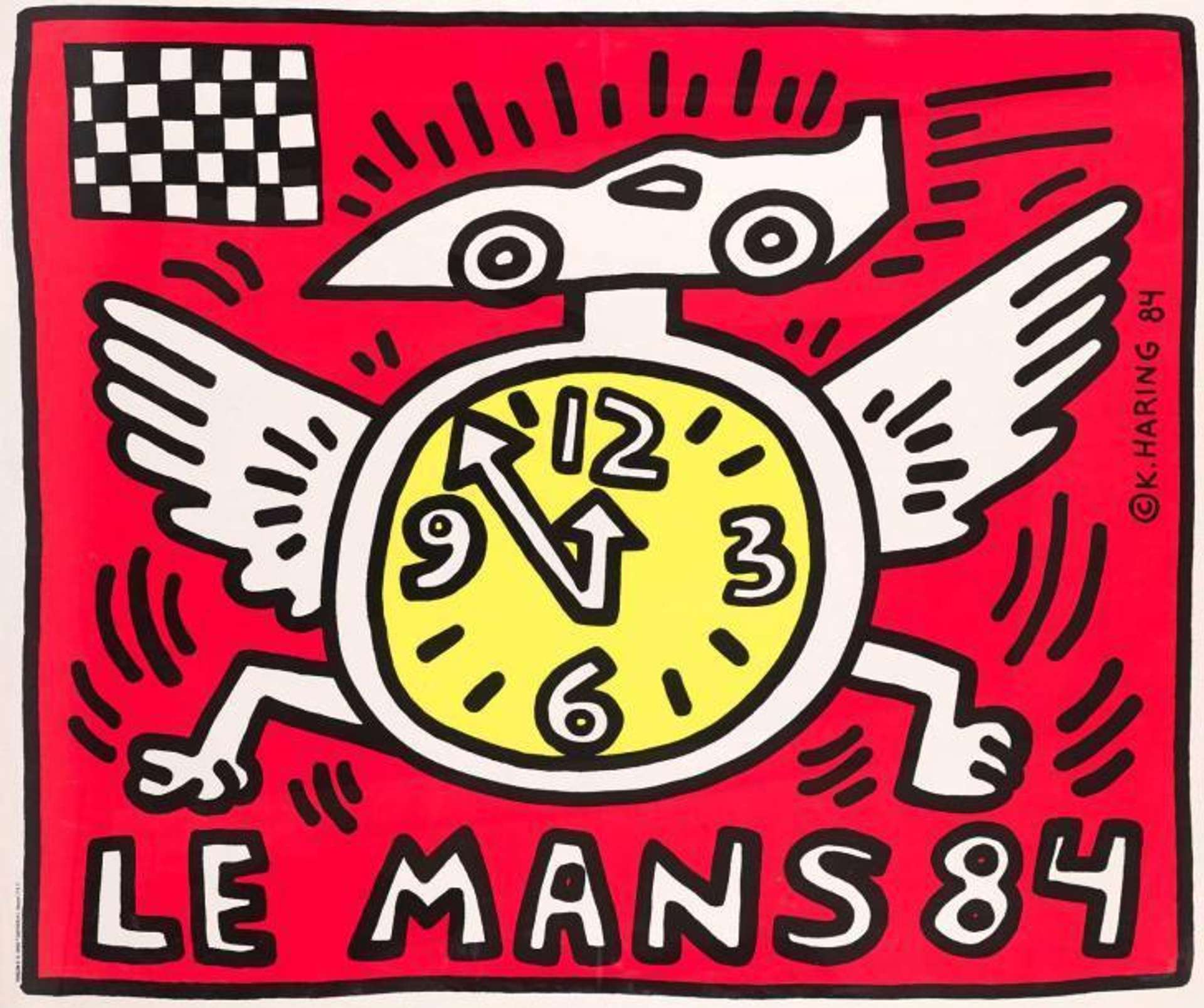The Andy Warhol Catalogue Raisonnés: Fact and Fiction

 Cooking Pot (Plate 18) © Andy Warhol, 1962
Cooking Pot (Plate 18) © Andy Warhol, 1962
Interested in buying or selling
work?
Live TradingFloor
The market for American pop icon Andy Warhol's art is booming in 2022. Warhol's output was prolific, and as a result it is difficult to know what prints are real or fake. This is where the Andy Warhol catalogue raisonné comes in.
Our Pop Art and authentication expert Richard Polsky explains why the Warhol catalogue raisonné is important and why it is a key determining factor in the Warhol market.
Our Pop Art and authentication expert Richard Polsky explains why the Warhol catalogue raisonné is important and why it is a key determining factor in the Warhol market.
Beginnings of the Andy Warhol catalogue raisonné
In 1970, Rainer Crone, a German art historian, managed to cobble together the first Andy Warhol Catalogue Raisonné. A catalogue raisonné is a compendium of virtually every painting created by an artist. In Mr. Crone’s case, his book consisted of a single volume, 332 pages in length, with an assortment of grainy black and white images. It was printed on paper that was barely a step above newsprint, with a cheap dust jacket and a clear membrane in a perpetual state of peeling. Although the “Crone” book, as it has come to be known, had its share of flaws, it was well-received by a grateful audience. Today, you can still find copies of it on eBay, which average $350.
In 2002, the Andy Warhol estate agreed to sponsor the publication of a new in-depth catalogue raisonné on Andy’s paintings and sculpture. This has been a herculean effort on the part of its editors, Georg Frei, Neil Printz, and Sally King-Nero. In contrast to the Crone book, the multi-volume Warhol catalogue, published by Phaidon, is a work of art in its own right. Each volume is filled with high resolution colour photographs and printed on high quality paper stock. Even better, each book comes in a thick cardboard slipcase. So far, Phaidon has released seven volumes that cover the years 1961-1978 — with more to come. Once they complete the final volume, there’s talk of releasing an addendum which will include new discoveries, update current information, and correct any errors.
To put the scale of the Warhol catalogue into perspective, the Pablo Picasso Catalogue Raisonné, referred to by the trade as the “Zervos,” consists of 16,000 images divided into thirty-three volumes (technically thirty-four because one book is a double volume). You see complete copies of the Zervos advertised for $25,000. The cost of an up-to-date set of the Andy Warhol books totals approximately $3,000. Though they’re still readily available, you sense that when “they’re gone, they’re gone,” and won’t be reprinted. If you’re a serious Warhol fan, and can afford the tariff, buy them while you still can. This is especially true if you collect his prints since many of them are derived from his paintings.
Why is the Andy Warhol catalogue raisonné important to the art market?
Since 2012, when the Andy Warhol Art Authentication Board went out of business, the art market has been overly dependent on the Andy Warhol Catalogue Raisonné, to buy and sell Warhols. There have been exceptions, but the major auction houses lean heavily on the catalogue entries when they consider consignments. The main reason is it allows them to play it safe. Yet, the problem in this thinking is that there’s a fairly large number of genuine paintings which never made the cut. There are an infinite number of reasons why. Perhaps the most common occurrence, especially with the early work, is that record keeping was abysmal during the Factory years. Numerous paintings left the studio via trade, gift, and outright theft, without ever being recorded. This ties into the basic principle behind all catalogue raisonnés; they’re essential but not infallible.
There are a host of other issues. If you closely examine the Warhol catalogue you will come across a number of early paintings that appear to be unfinished. There’s also a group of small canvases which were rejected, that belong to an individual who Andy gave permission to remove from the trash. There’s a large painting, titled 315 Johns, that’s a multi-image portrait of the sculptor John Chamberlain. It later came to light that two studio assistants got ahold of the original screen and ran off the painting — resulting in a lawsuit — and creating an embarrassment for the book’s editors. There have also been controversies over certain variations of Andy’s famed Brillo Boxes. Yet, at the end of the day, the above incidents are relatively minor. Especially when you consider that perhaps 99.5% of the listings are accurate.
What if my Andy Warhol painting is not in the catalogue raisonné?
Without doubt the biggest debacle has been over what was left out of the catalogue — specifically the seven red Self-Portraits (1965). As anyone who follows the Warhol market knows, the rejection of one of these paintings by the Andy Warhol Art Authentication Board — and by extension the catalogue raisonné editors — led to a major lawsuit and the ultimate demise of the authentication committee.
For those who are more focused on Andy Warhol’s graphics, there’s also the excellent Andy Warhol Prints Catalogue Raisonné, by Claudia Defendi and Frayda Feldman. When it comes to a major artist’s print catalogue raisonné, this single volume is as good as it gets. In this case, the editors chose to go the extra mile and not only list Andy’s entire print editions, but they also included a bevy of colour trial proofs, and even illustrated the original Leo Castelli Gallery show announcements — which were offset lithographs and became highly collectible. The Andy Warhol Prints Catalogue Raisonné sells for $85.
As a print collector, it’s important to be open to Warhol prints that were not listed in the catalogue — as long as they’re verifiable. We recently came across a colour proof from the Reigning Queens series with an interesting backstory. Essentially, it was a print that Andy examined at his printer’s workshop and then decided he didn’t care for its colours. He made the decision in the presence of a collector — who asked him to buy it — and Andy complied. This meant that it remained unknown outside the general edition and even the known colour trial proofs. Yet, it can still be considered both authentic and highly collectible.
Just like its cousin (the paintings catalogue), the prints book also has its share of faults. One of them is the category which appears in the beginning of the book, titled, “Early Printmaking.” There are a small group of black and white works on paper, which depict a number of images from Warhol’s “Death and Disasters” series, “Flowers,” etc. Each is unique and was never conceived as a work that might eventually be editioned. In my opinion, they should really be classified as paintings (on paper). This also makes them far more valuable than if they were categorised as graphics.
Finding lesser-known Warhol prints
One of the biggest benefits to the collector is the catalogue offers exposure to numerous Warhol prints that you probably didn’t even know existed. We’re all familiar with the mainstream images. But a perusal of the catalogue raisonné reveals some pretty amazing prints that are worth considering. The short list includes:
Cooking Pot (Andy’s first print)
Merce Cunningham
Self-Portrait (1978)
Double Mickey Mouse
Ultimately, the greatest benefit from owning a copy of the Andy Warhol Prints Catalogue Raisonné is how it will increase the enjoyment of your collection — and the pursuit of adding to it. At the end of the day, acquiring Warhol prints is about the thrill of the hunt. In order to experience that thrill, it helps immeasurably to know all you can about your quarry. Fully armed with a wealth of knowledge, you’re more likely to “bag the big one.”
Browse Andy Warhol prints for sale and get a valuation.
Read more about the Pop Art market in 2022 in our Pop Market report here.








